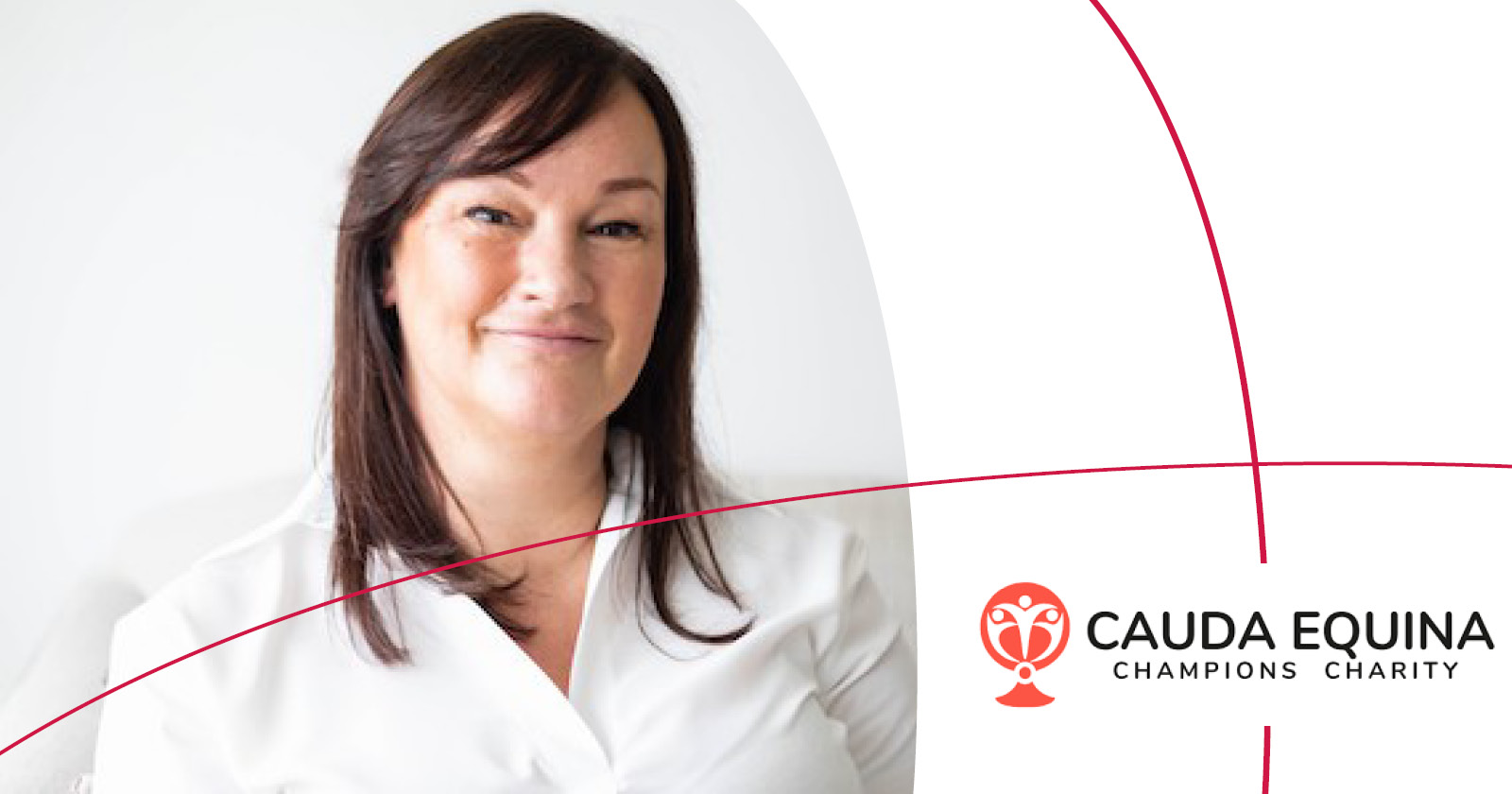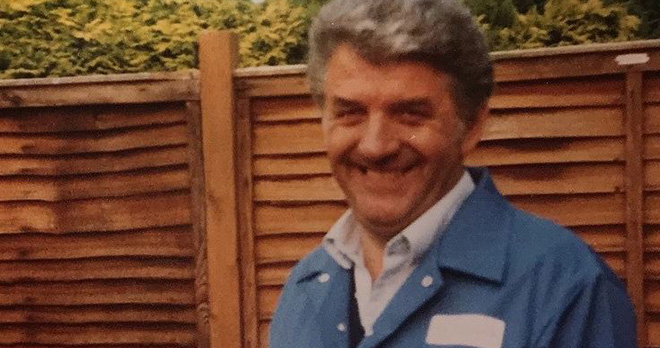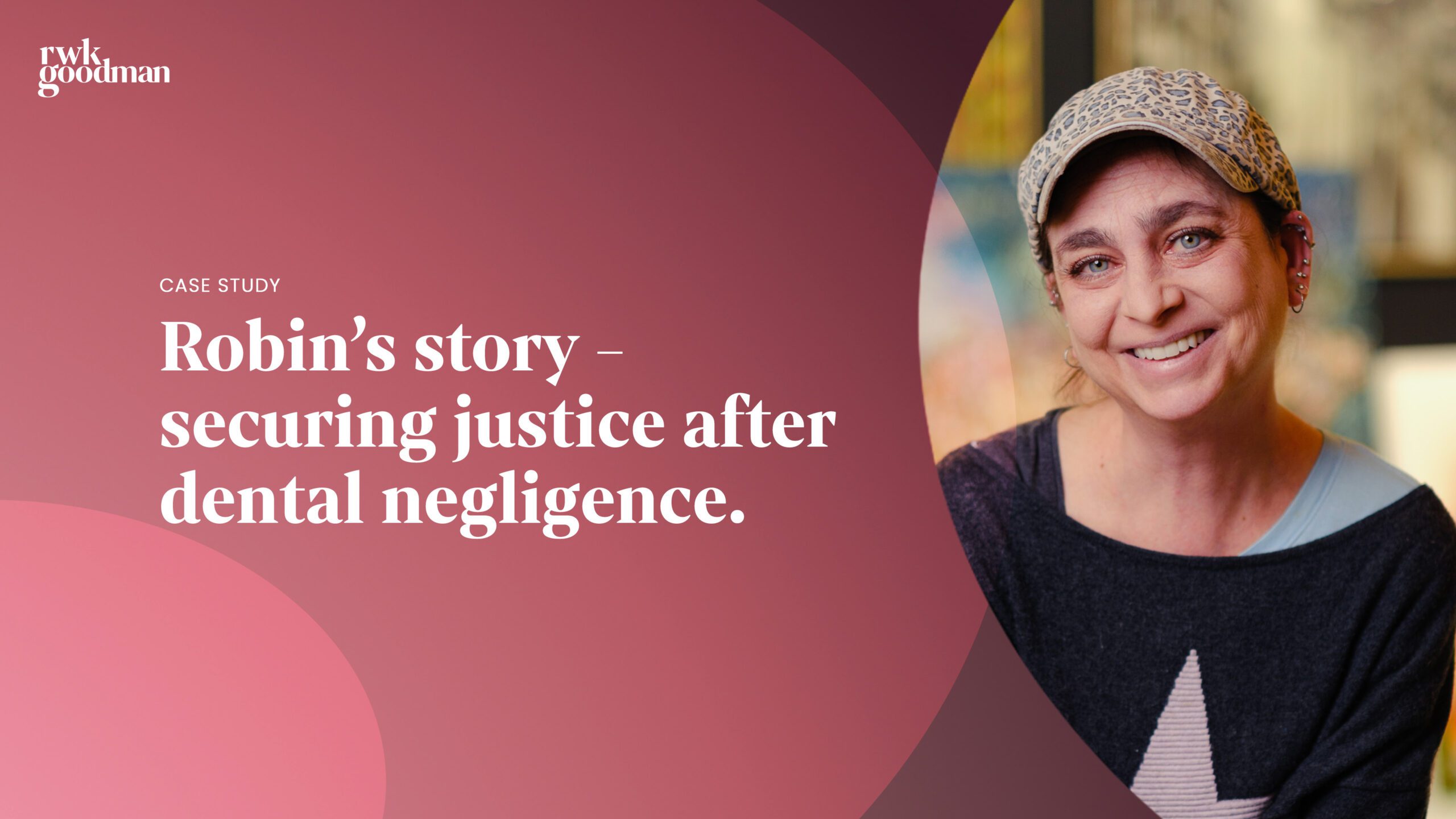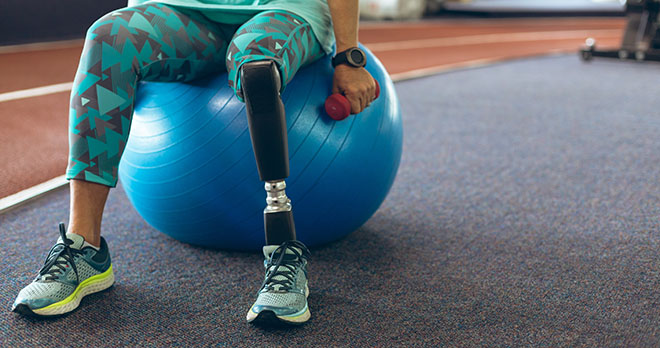In Conversation with… Claire Thornber, Founder of the Cauda Equina Champions Charity

RWK Goodman Partner and Head of Medical Negligence Simon Elliman talks to Claire Thornber, Founder of the Cauda Equina Champions Charity to find out more about the new national pathway for diagnosing and treating Cauda Equina Syndrome (CES) that was launched by Getting it Right First Time (GIRFT).
Can you tell us a bit about the Cauda Equina Champions Charity, when and why you set it up, and how it’s changed and grown over the last few years?
We set up Cauda Equina Champions Charity in January 2020. Taking the leap into becoming a charity was daunting but we haven’t looked back.
The charity was a natural progression from the Cauda Equina Syndrome Association that was established in 2013. CESA had originated from our Facebook support group that I have been running to support others like me, after my injury in 2010. Our Facebook support group had only 60 members in the beginning, but has now evolved into a charity which supports over 4,300 people with 1,000 new enquiries every year.
In February 2023, a new national pathway for diagnosing and treating Cauda Equina Syndrome (CES) was launched by Getting it Right First Time (GIRFT). What involvement did the Cauda Equina Champions Charity have in feeding into the pathway?
Our charity was invited by Mike Hutton, consultant spine surgeon and national lead for spinal services optimisation and recovery for BestMSKHealth, to join the working collaborative for the new CES pathway. This group consists of 60 members including spinal surgeons, radiologists, physios, urologists and GPs to try and solve the issues around cauda equina syndrome diagnosis, timely management and surgery.
Do you welcome the new pathway? How will it benefit people with CES symptoms in the future?
We of course welcome the new pathway, but it is frustrating that it has taken so long to get to this point. It is still a work in progress that will need to be revisited to ensure all CES patients receive the treatment and care they need to reduce harm as much as possible.
We hope that the adoption of the new pathway nationally will enable a better understanding of the red flags and importance of safety-netting all back pain patients. We also hope that it will better guide healthcare providers in the management of patients helping them to reduce harm and focus on better rehabilitation pathways for our patient group, who are all too often dismissed without the correct support in place and forgotten in the system.
We hope the national pathway will help address the inconsistences in aftercare and referral to specialist services that currently exist across the country.
I know from the cases I have dealt with myself that the onset of CES symptoms can be quite gradual. Do you think there any issue with the “recent onset (within two weeks)” part of the criteria?
I do have reservations about the recent onset (within 2 weeks) part of the criteria and there was much debate around this issue in the pathway working group. We surveyed our members about the onset of bladder symptoms with the majority reporting that with the benefit of hindsight they reported onset of bladder symptoms within the previous two months.
I believe that this part of the pathway will need to be looked at again to widen the criteria and personally would have been happier with a recommendation of "within 4 weeks".
Since the announcement of the pathway, we have dealt with enquiries from incomplete CES patients over the phone who after a CES diagnosis via MRI scan are sent home to be recalled at a later date, for elective surgery. The ever-increasing problems of resources, access to scanning and staffing within the NHS mean that for every confirmed case of incomplete CES there is perhaps a greater gamble than ever, risking outcomes for that patient should they go on to develop full blown CES if they have been discharged to wait for surgery.
For every incomplete CES patient that is discharged home there is a high risk of then developing full blown CES. This can occur at any time and sometimes just turning in bed, or a sneeze will be the catalyst that sets the 24-hour clock ticking.
Do you think the pathway helps to dispel the misconception that subjective change or loss of sensation in the saddle area is not a red flag symptom? If so, is that important?
Yes. The pathway states clearly that altered perineal or genital sensation in the saddle area can be both subjectively reported and objectively tested. As a patient this is empowering as it gives validation to the patients' experience of symptoms when perhaps it cannot be objectively tested.
The onset of saddle symptoms with an impending CES is nuanced, and I think this new guidance will help assessing clinicians hear what patients are trying to tell them more easily and help open conversations with patients around this during assessment. It also points out that this can be in a small area or even as big as a horse’s saddle ensuring the nuances are picked up earlier.
How does the pathway help with regard to the way in which bladder scanning for CES may be used or interpreted, going forward?
With regard to the pathway advice around bladder scanning, importantly it highlights that in assessing a patient with suspected cauda equina syndrome, bladder scanning is a useful adjunct only. It draws attention to the fact that 60% of patients who underwent emergency decompressive surgery for CES had a PVR [post-void residual] of <200ml (Woodfield et al, 2023).
It is therefore imperative that emergency clinicians understand that a post-void residual of less than 200 mls does NOT exclude CES. Bladder scanning should never be used as a discriminator in onward referring for suspected CES patients to MRI. This advice is helpful and will address some of the misconceptions that have existed around this area.
Do you think the long and comprehensive list of “red flag” symptoms, which the pathway says patients ought to be warned of, will help to ensure that better safety-netting advice is given to patients, going forward? Do you think that safety-netting advice is often inadequate, and has been in the past?
There was a lot of emphasis put on the safety-netting patients about the red flags of CES and I think this is made clear in the pathway document.
All too often we have heard of doctors writing “safety-netting done”, “red flag advice given” in medical notes which is not reflected in the patients' experience. Emphasis on this in the pathway will help guide doctors and clinicians into giving this advice comprehensively and documenting this clearly and will not only protect the patient but also themselves further down the line.
This practice will ensure more patients are empowered to advocate for themselves should the need arise if they find themselves in an emergency situation.
How do you think outcomes might have been affected if a pathway like this had been in place 15 or 20 years ago?
I started my work around CES pathway in 2012 and have spent many years campaigning for the lack of a national pathway to be addressed. It is fair to say though, that this pathway has been born out of the ever-growing number of clinical negligence claims around CES. Without the problem of the cost of litigation to the NHS I don’t believe a pathway would have been developed by now, if at all. There was a reluctance to tackle the problem of CES.
If I sit and think about the improved outcomes that could have been achieved for literally thousands of CES patients over this time period, it makes me emotional. The personal cost to patients is devastating and life-changing and much of it avoidable.
We must embrace the new pathway and continue to fight for improvements, whilst at the same time support the dedicated healthcare professionals who are working hard to improve outcomes and services for patients. I am proud to be able to tell our charity members that the NHS is addressing this issue and finally they are being heard.
Do you think that more patients with CES are now more likely to be signposted to the Cauda Equina Champions Charity as a result of the pathway? What help can the charity offer to those affected by CES?
I am also very proud that our charity has been included in the pathway to support patients after surgery with psychological support and sexual dysfunction.
We are the only charity offering dedicated psychosexual therapy to cauda equina patients that is funded and at no cost to them. We also employ a clinical psychologist to support patients with their adjustment to life after CES, which is also a funded service.
We have a range of dedicated peer support services where patients are supported by people living with the condition who truly understand what they are going through. Patients and healthcare professionals can refer directly to our services via our website.
I am sure that this isn’t the end of the changes needed to improve outcomes for patients with CES. What more needs to be done, do you think? What are the biggest priorities?
In an ideal world every back pain patient would be safety-netted for CES. Onset of CES criteria for forward referral to an emergency MRI scan would be within two months with deterioration over this time, to capture everybody at risk of developing CES and needing emergency surgery. There would be more resources made available to offer preventative surgery earlier, and less gambling with the outcomes of patients.
I think the biggest priority at the moment is engaging as many healthcare providers as possible with the new pathway and encouraging them to adopt it quickly. I understand they have been given 12 months to address this. I am confident there will be further improvements to the pathway and it’s a case of continuing our work and being patient.
I know that you are very ambitious to keep improving things for people with CES. What’s next for the Cauda Equina Champions Charity?
We have had to take on more members of staff and volunteers and we feel we are finally getting into our stride as a new charity noticing an increase in enquiries and referrals from the NHS; hopefully patients will be automatically referred to us in the future. We are focusing on patient engagement and support.
With lockdown well behind us it’s now time to get back on the road and deliver more face-to-face events and meetings across the country. Online support group meetings don’t offer the same sense of support and community that a only face-to-face meeting and quality time spent talking can. After all, at the end of the day, we are a patient support charity at our heart.

It is with great pride in our personal injury and clinical negligence teams, and the experts and charities that they work with, that we present this edition of Team Around the Client magazine focusing on spinal medical and legal issues.
If you think you have a claim for negligent or delayed treatment of cauda equina syndrome, contact our enquiries team today.
Call now






